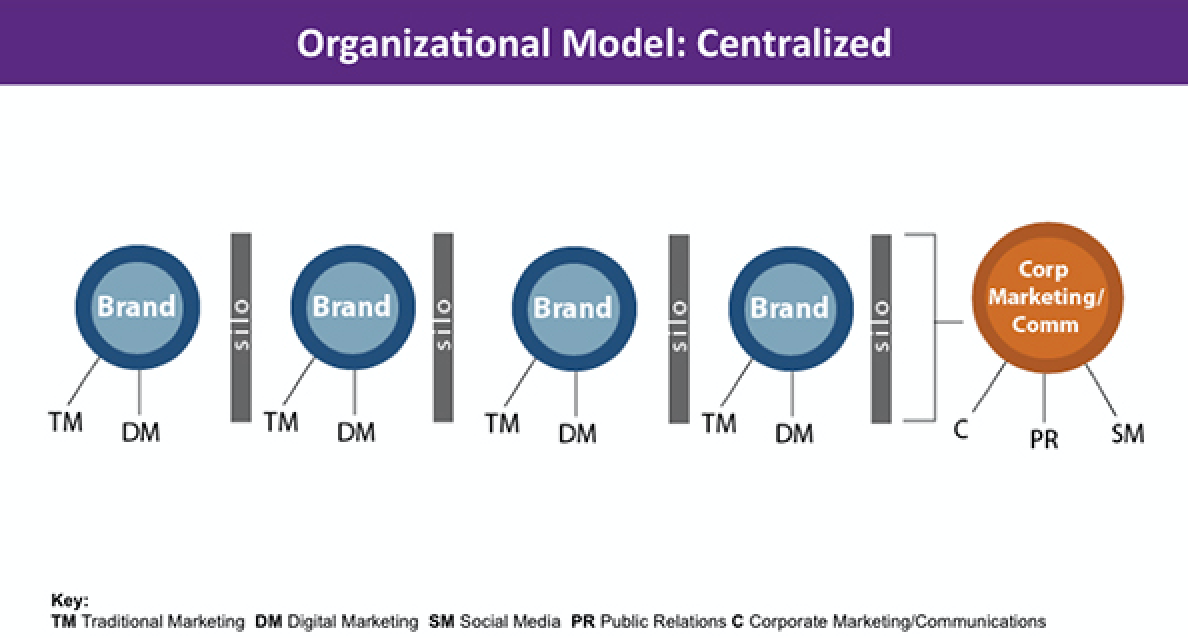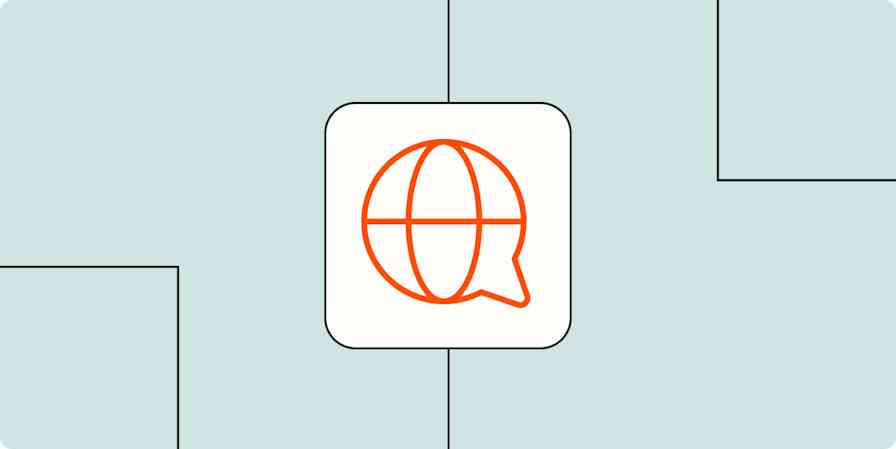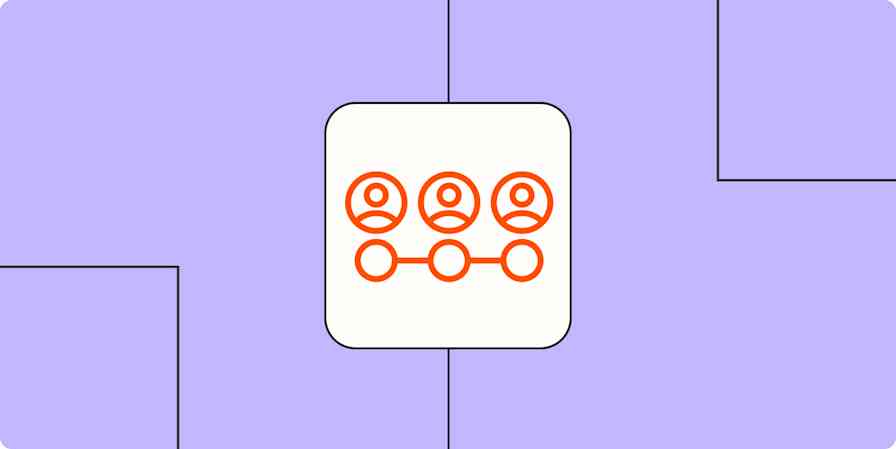Farm silos are designed to store large amounts of grain while keeping different materials completely separated. In business, organizational silos have the same effect: they prevent teams and departments from sharing resources and information.
No company sets out to intentionally create organizational silos. Often, it just happens naturally: similar roles and teams are grouped together. It's only when work becomes more cross-functional that the problems start.
By familiarizing yourself with the warning signs and taking action quickly, you can help keep information and resources flowing freely across your organization.
How to recognize organizational silo warning signs
Once you know what to look for, organizational silos aren't hard to spot. Ultimately, it comes down to mentality: do teams and departments share information that would be beneficial to other groups, or do they "own" or guard those resources?

If you're still unsure whether your organization struggles with this silo mentality, here are a few signals you can look for:
Mid-to-senior level employees are unaware of major initiatives run by other departments or groups. It sometimes makes sense for initiatives to have limited reach, but if large chunks of your organization are unaware of important activities, the silo mentality may be taking root.
Departments feel underprepared for hand-offs. Imagine the marketing department receives a request to develop content for a new product with a short deadline even though the product has been in development for some time. This may be a result of an information gap that results from silos in business.
Top-down communication flows freely, but bottom-up communication is limited or nonexistent. If few actionable suggestions are filtering up from levels below management, this is a warning that silos have taken root.
The above examples of the silo mentality all have the same root cause: departments—or individual managers—are taking ownership of resources competitively, rather than sharing and collaborating. This can lead to everything from power struggles to launch delays to product recalls.
A culture of collaboration starts from the top—employees will mimic what they see in management, so it's crucial for executives and managers to model resource- and information-sharing.
How to build and maintain silo-busting bridges
Early action against organizational silos is particularly necessary for start-ups and growing businesses. The larger the organization, the harder silos are to bust, so it's important to nip them in the bud as soon as—or even before—they start to form. The following strategies will help you break down silos and promote a collaborative cross-functional environment.
1. Help everyone understand the common vision and goals
A common vision and widespread understanding of company goals—and how each department supports them—can prevent the silo mentality from cropping up in the first place. In other words, individuals and teams must understand how they contribute to the big picture. It's equally crucial for individuals to understand how other individuals and teams contribute as well. This encourages team members to think of departments as links in a chain, instead of as separated silos.

Transparent communication is a solid foundation for a healthy company culture. When everyone has their finger on the pulse of what's happening throughout the company, they're less likely to hoard resources or withhold information—intentionally or unintentionally.
And don't worry: keeping your organization's common goals and overall vision top-of-mind doesn't require daily all-hands meetings. You can use a business dashboard app like Klipfolio, or even just a KPI dashboard in a spreadsheet, to keep your company goals and metrics front and center for everyone to see. These tools allow you to display charts, graphs, and other visuals for an at-a-glance look at company-wide performance against goals.
On a more individualized level, HRIS software like BambooHR allows you to display your org structure in various formats, including everything from a traditional org chart to a map of functional and cross-functional teams. Allowing your employees to see how everyone at the company fits into the puzzle will create more empathy and encourage collaboration and information-sharing.
Editor's note: At Zapier, we use Looker to broadcast our primary metrics. These numbers help us remember that we're all working toward a common set of goals.
2. Make the most of your project managers
Jack Welch, chairman and CEO of General Electric, instituted the GE Work-Out, which pulls those closest to a business issue into intensive work sessions. The GE Work-Out process encourages cooperation between departments and relies on neutral mediators and facilitators—people who have no prior opinions or personal stake in the outcome of a given Work-Out session. In smaller companies, that may mean hiring a consultant with mediation experience, which can be expensive.
A less costly approach involves good old-fashioned project management. Project managers can and should encourage communication between multiple departments working on a project—usually by establishing regular check-ins. Whether live or async, these check-ins should give individuals from various departments the chance to discuss progress, roadblocks, and dependencies with other departments. By proactively fostering transparency, project managers can help teams form closer working relationships—which will ultimately encourage resource sharing.
Read our tips for automating calendar functions for ideas on how to optimize updates and reminders for your schedule.
3. Encourage cross-functional training
Don't get it wrong: even though a silo mindset is bad, specialization is overall a good thing. After all, you want each member of your team to be the best at what they do. But at the same time, team members need to understand how their peers fit into the bigger picture. Otherwise, individuals themselves can become silos.
One solution? Cross-functional training.
By exposing employees to skills and tasks that aren't officially part of their job description, they'll get a clearer picture of what exactly their colleagues do day-to-day. Then, they'll know when their work, knowledge, or resources might overlap.
Cross-functional training also helps encourage career development by exposing employees to multiple functions within the enterprise. Employees can get a better sense for what other aspects of the company suit their skills and interests, and future leaders will gain a better understanding of overall business strategy.
Plenty of larger organizations have formal training programs—such as management training programs or secondments—designed to expose employees to and prepare them for different types of work. But cross-functional training doesn't have to be super formal; simply encouraging employees to have regular 1:1s with cross-functional partners can do a lot for collaboration.
If you do want to run more formal trainings, you'll need a learning management system (LMS) like TalentLMS. A good LMS will help you create training modules for cross-functional groups. Once you develop a couple of introductory courses, consider repurposing them to help onboard future hires. As long as department heads ensure their training materials are kept up to date, there's no need to reinvent the wheel every time.
4. Develop multi-functional teams for critical initiatives
When you're planning a big product launch or other initiative, organizing team members into multi-functional groups can be the key to successful collaboration.
These multifunctional groups are often known as pods, and the goal is to have representation from every team involved in the project. For example, a product launch pod will typically have folks from engineering, product marketing, brand, sales, and customer support. Once again, developing interdepartmental relationships through close collaboration on such teams will deter the silo mentality. Team members can witness the crucial role each individual plays in a successful launch—making them less likely to hoard resources and information.
To encourage continuous communication and collaboration throughout each project or launch, create a channel in your team chat app for each critical initiative. This approach allows multi-functional teams to communicate instantly, regardless of where they're physically located. These apps also increase the signal-to-noise ratio by allowing team members to ping specific individuals or groups of individuals, while still maintaining transparency that could be lost via email. Plus, team chat apps are generally archivable, so chats can be referenced company-wide as necessary in the future.
Take a look at Zapier's picks for the best team chat apps for guidance on which app might be the best fit for your organization.
5. Take advantage of the IKEA effect
The IKEA effect states that people who put creative effort into the beginning stages of a process will be more invested in it down the line. In other words, bring collaborators in early for the best results. That way, every team will have a stake in the work, making them more likely to share resources to make it successful.
Mind mapping software, which allows individuals to synchronously or asynchronously contribute ideas, can really help foster collaboration early on in the process. If you use an integrated task management system (e.g., MindMeister > MeisterTask), you can even turn each idea into a task and add the contributor as a follower, so they're notified as progress is made on an idea they contributed to.
These brainstorming tools can help you get everyone involved early.
6. Automate updates and notifications
Keeping everyone on the same page all the time isn't a small task. But by automating important updates and notifications, you can keep folks in the loop without manual updates. Learn more about creating custom notifications for critical business information, or get started with one of these pre-made templates.
Get Slack notifications for new HubSpot form submissions
Post Microsoft Teams messages with new Calendly invitees
Send emails in Gmail for new leads in Facebook Lead Ads
Zapier is the leader in workflow automation—integrating with 6,000+ apps from partners like Google, Salesforce, and Microsoft. Use interfaces, data tables, and logic to build secure, automated systems for your business-critical workflows across your organization's technology stack. Learn more.
Break down organizational silos
Each of your departments may be best in breed—but if they're not collaborating, you could suffer the effects of organizational silos. Silos can spell disaster for team productivity, organizational success, and the customer experience. But by proactively guarding against siloing, you can ensure that your organization maintains its structure without fragmenting your core processes.
Related reading:
This article was originally published in December 2018. The most recent update was in March 2024, with contributions from Hannah Herman. (Silos image by Doc Searls via Flickr. Centralized organizational chart image by David Armano via Flickr. Organizational chart image by Rawpixel.)





